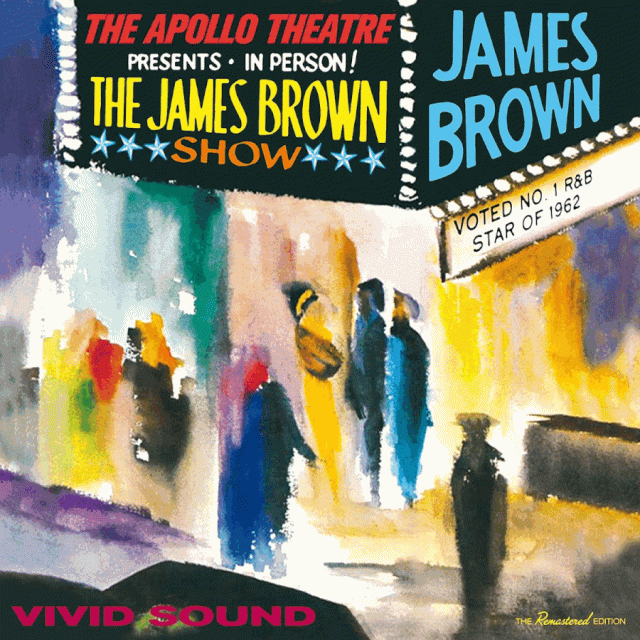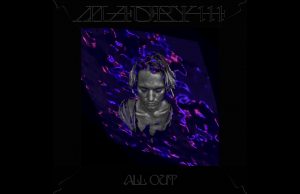 There are a handful of possible reasons behind a decision to buy a live album.
There are a handful of possible reasons behind a decision to buy a live album.
I recently picked up Fully Plugged In by Daniel Romano Outfit because I had tickets to see him live and wanted to get a taste of what was in store.
Perhaps you’re buying a live album because that particular band or artist is no longer making new music, and this is your only option for stuff you’ve technically not yet heard.
The other reason may be they’re just a great live band, perhaps better live than the studio is able to capture. Such is the reason for the top album on my shopping list at the moment: 1972’s Live Full House by J. Geils Band. This is a record which showcases an incredibly energetic, tight and fun rock band doing what they do best, in their favourite city — Detroit. It feels like you’re there.
If that’s why you’re here — live album vérité is what matters to you — there are some solid options with few-to-no overdubs (a rare commodity in the genre):
Unlike Sex Machine, which I picked up this week, James Brown‘s 1963 album Live At The Apollo is pure. Sex Machine, 1970, is a double album — the first album is all studio material with crowd noise and reverb added. The second album is live, but also has reverb and crowd noise added.
There were no such dark arts employed on Live Bullet — the 1976 breakthrough double album by Bob Seger & the Silver Bullet Band.
The feedback heard during The Man Who Sold The World is an indicator of the genuine nature of Nirvana‘s 1993 Unplugged album. Though the crew built a box to hide evidence of the pedals and amp Kurt Cobain used for the performance.
A legendary “no overdubs” album is Deep Purple’s divine Made In Japan from 1972. The band didn’t even want to do a live album; it was put together by the label for Japan-only release. But, it was perfect and got released worldwide to critical acclaim and great success. Oh, how I wish they had mixed this for quadraphonic.
Another one to get for purity is Fela Ransome-Kuti and The Africa ’70 With Ginger Baker – Live! The album is basically a jam session between the Afrobeat legend, the Cream drummer and a six-man percussion section. Baker’s not the best drummer of the bunch, either.
Who doesn’t have Frampton Comes Alive! from1976? The album is mostly live except for the first verse of Something’s Happening, the rhythm guitar on Show Me the Way and the intro piano on I Wanna Go To The Sun.
The Allman Brothers Band were never better than when they recorded Live At The Fillmore East in 1969. All that was done to these recordings was shorten some songs and combine a few others.
Live At Leeds is another legendary live album with almost no alterations, even though there are several different versions of it. And the damn thing nearly didn’t happen at all — many of the recordings from that tour were destroyed. Luckily, the two they kept from Leeds and Hull were great. The Leeds show was used because John Entwistle’s bass parts didn’t get properly recorded during the start of the Hull show — more on that later.
Anyway, originally, the album just had six songs — with a nice gatefold and two pouches to hold the record on one side and a bunch of cool mementoes and extras on the other. Afterwards, many cheap reissues were made. The album was remixed and remastered in 1995 on CD in a box which replicated the original gatefold. And it had way more songs — not the entire set but pretty awesome. I have a copy of it. The weird thing about this release is those extra songs had some issues, namely vocal issues. So, what did they do? They brought 58-year-old Roger Daltrey in and overdubbed new vocals on stuff he sang when he was 25.
The first live album I ever owned was a Pickwick repress of Elton John’s 17-11-70. Simply put: It’s him, drummer Nigel Olsson and bass player Dee Murray at their very best. The show was broadcast on radio — so it was heavily bootlegged. That’s why the recordings were released, even at a time when Elton already had three albums in the charts.
Like Live At Leeds, there are different versions — the original and represses, a CD release with an extra track, and then the 2020 Record Store Day release featuring the entire show. No overdubs, no redos. It’s stunning, raw and exciting. Imagine this while you listen: Elton cut his hand at the start of the show. By the time he was done, the piano was covered in blood.
Speaking of blood: AC/DC only did one live album with Bon Scott. if You Want Blood You’ve Got It was recorded in Glasgow, Scott’s hometown. The album is pure and raw except for one track: Whole Lotta Rosie. Something must have been wrong with it, because the version on the live album is a slightly sped-up version of the one from the Let There Be Rock album, with different studio outtake solos and an outtake lead vocal.
When Joni Mitchell decided to do a live album, she did it with L.A. Express while touring Court & Spark — but choosing not to perform either of the album’s two hit songs. Miles of Aisles is very, very good and appears to have hardly any edits.
Finally, one no-overdub live album I’m actively trying to find a quadraphonic copy of is Aretha Live at Fillmore West. The version of Dr. Feelgood: Chills. If that wasn’t enough, there’s an unplanned duet with Ray Charles, who Franklin had only met earlier that day. Oh, yeah — and her backing band is King Curtis and the Kingpins with Billy Preston on organ and the Memphis Horns. These players don’t need overdubs. Even when they mess up it sounds amazing.
• • •
Area Resident is an Ottawa-based journalist, recording artist, music collector and re-seller. Hear (and buy) his music on Bandcamp, email him HERE, follow him on Instagram and check him out on Discogs.











































